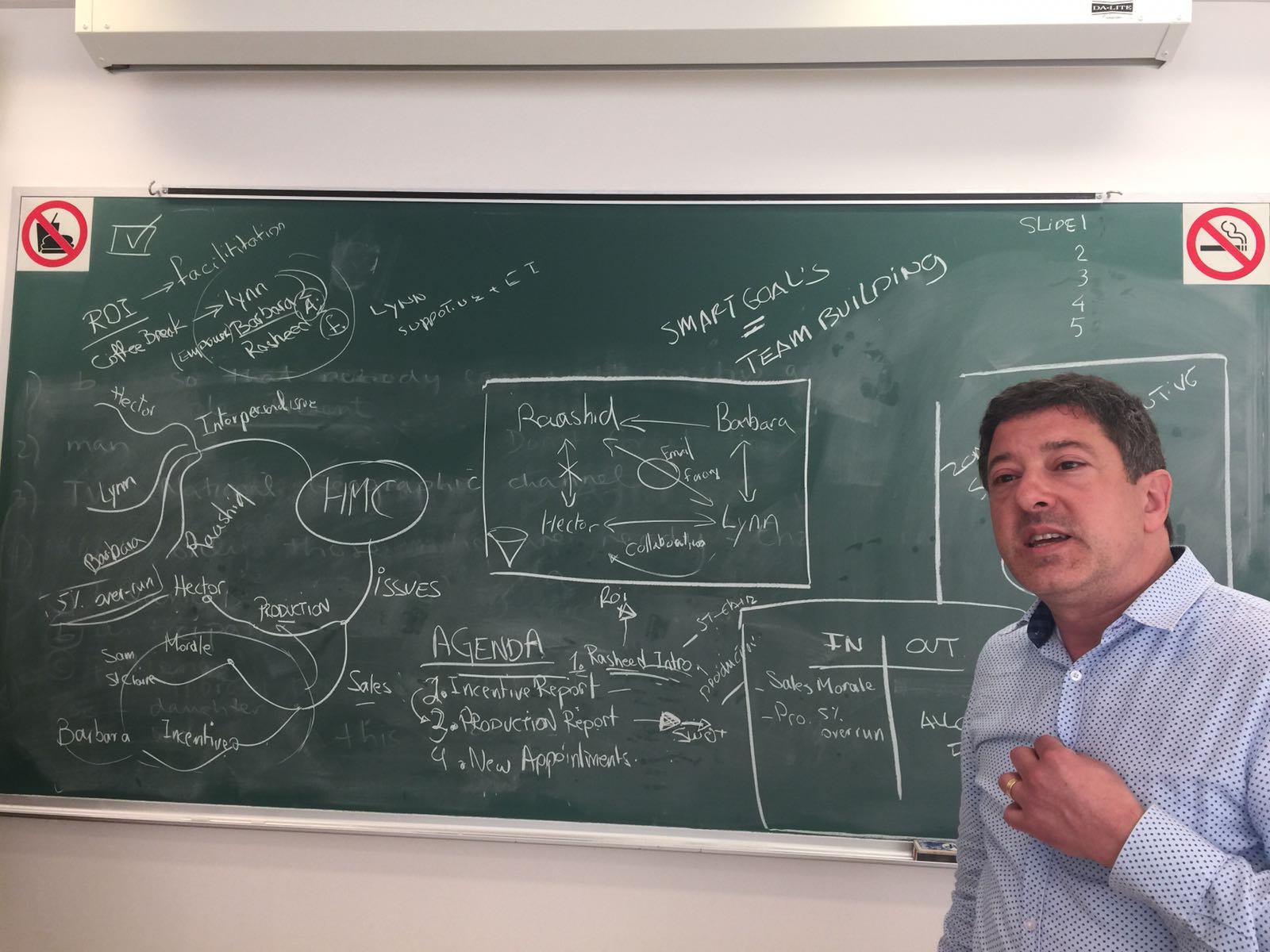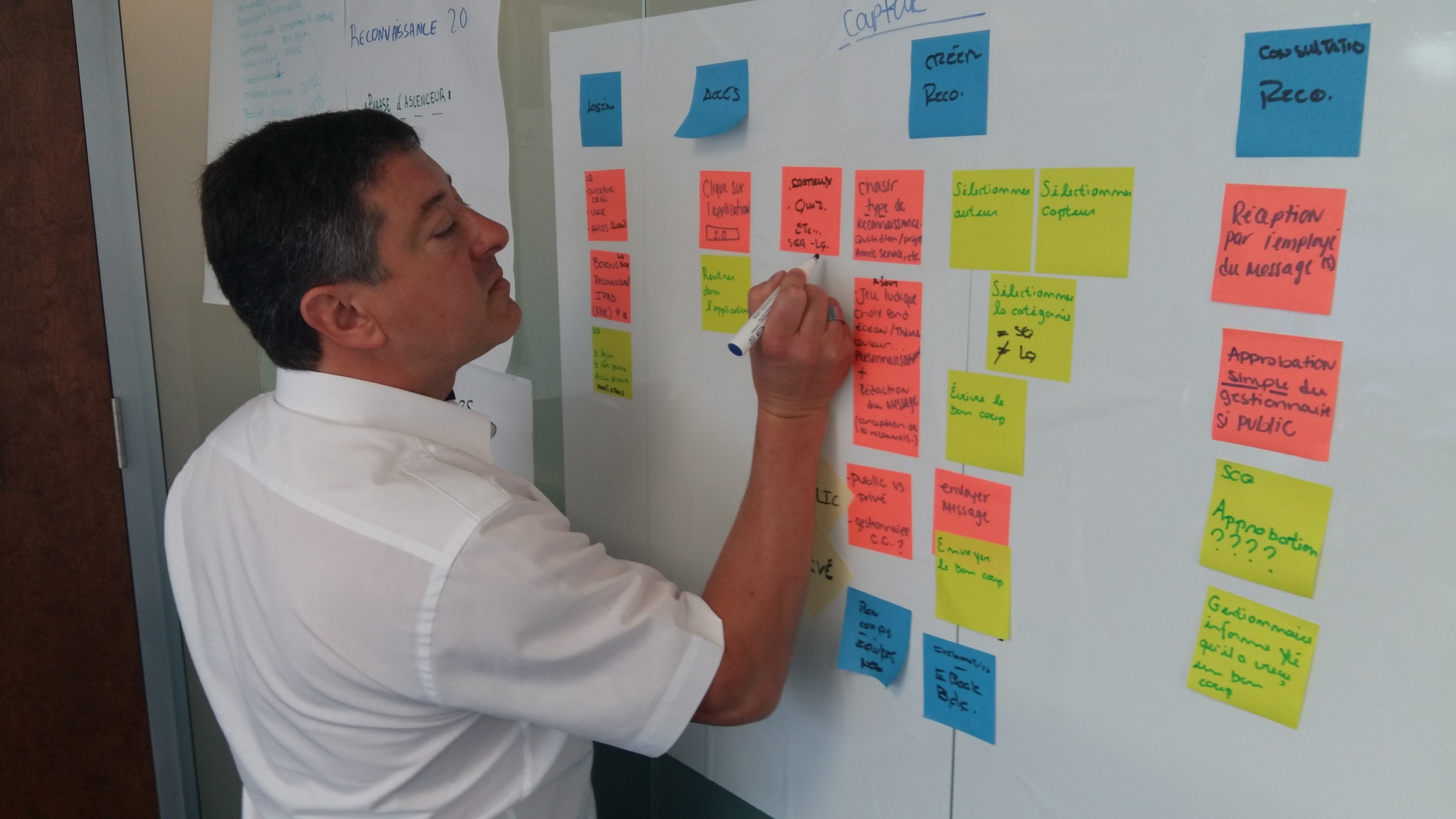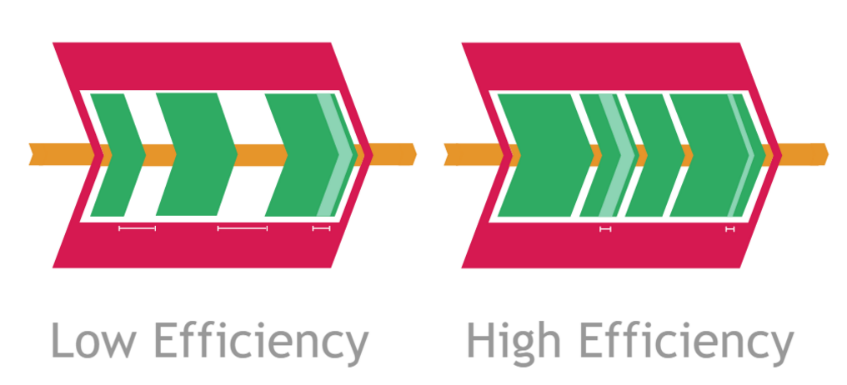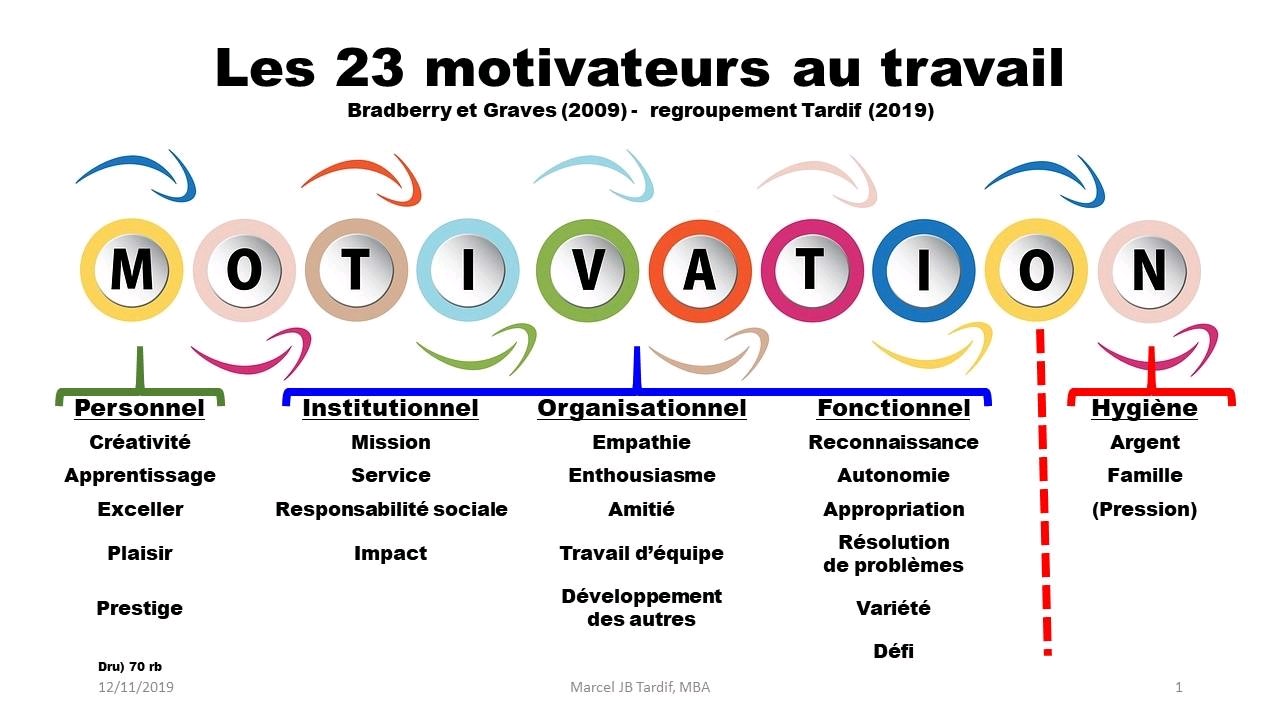Here is today’s summary of the “Campfire Talks with Herbie”.
TameFlow Community Member: GUEST
Name (and Company/Affiliation if desired)
![]()
My name is Martin Nantel, I work for a company called Lotto-Quebec. It’s a state lottery society. Before joining the company, 18 years ago, I was an IT consultant for 10 years. I still feel like a consultant in my heart…
Who are you?
I am a Seasoned Business Analyst, Project Manager Traditional / Lean / agile and more recently a Certified Kanban Practioner, Certified TameFlow Trainer and Lean Six Sigma Green Belt and plans to complete the black belt this coming year.
For more than 25 years, I have been working and making a living in the IT world. All of my interventions have given me the opportunity assume various responsibilities within organizations. In addition to working in various technological environments and using various development methodologies.
The acquisition of new skills allows me to better understand the issues and concerns inherent to business. My various professional responsibilities made me aware of a completely different reality that of managing and coordinating multidisciplinary work teams. Again, this is an opportunity to develop and refine a multitude of other skills related to the individual, organizational and social dimensions of the business. I can say today that the richness of my professional exchanges and my experiences has allowed me to reach a level of professional maturity which gives me both versatility and autonomy. In this sense, I have developed a set of key skills such as leadership, curiosity, intellectual rigour in addition to a sense of responsibility and organization. I am recognized for the quality of my achievements, my innovative ideas, my commitment and my sense of humour.
Excellent communicator and very curious by nature, I am constantly on the lookout for new approaches and working methodologies. The goal is to enable work teams to reach a level of effectiveness and efficiency and make them perform like never before.

How did you get involved with Agile, Coaching, Organizational Performance - and in particular with TameFlow?
Questioning our way of working in IT, he started very early in my career. Freshly out of university I started as a programmer. I was not very impressed by the ways we were working within teams and stakeholders. Nor by the way projects, teams and stakeholders were managed. I knew something was wrong but I could not pin point exactly what. But I quickly realize when I was meeting my stakeholders in trying to understand their needs, I always ended up with a small piece of paper on which their major ideas always helped me start programming. In when I learned the word KISS (Keep It Super Simple) We were in 1993, my first job.
In 2000, as a functional analyst, use cases were popular and was seen as a better way to illicit requirements. It had its challenges with stakeholders but in the overall went quite well. My working team was so great to work with and we realized when the PM was not there we were making the decisions and we were able to complete more work and more efficiently. OK we are going somewhere, more learning here.
In 2005, I was working in a project managed in a very traditional way. Everything was going so wrong, the project was one year behind schedule, people were pressured and stressed out, not listen to . You know exactly what I mean.
Then one morning, back at the office, I heard the project manager was fired and replace by someone else. We called him the ‘new guy’.
Then one day, the new guy, after meeting everybody individually, told us he was going to manage the project in an agile way. In an agile way !?!
Boom .. Something happened just there. It was so humane and team oriented .. I said to myself ..Wow this how I want to work .. After a while as a team leader, I was named Scrum Master. It’s at that precise moment that everything started to change for me in a way I became part of the project management team to promote agility and part of the continuous improvement department teams to promote CI. I mostly work with various IT teams but also non-IT teams. A different reality, very rewarding. It also gives me the opportunities to meet new people and establish new contact throughout the company. It can be very useful sometimes.
So I went back to University but this time at McGill University, In Montreal, to gain more knowledge as a BA, PM, agile, lean, etc. And that’s where I met two teachers who really inspired me in a way it all changed my vision of work in IT and in general.

I followed them for 5 years until they retired. I am so thankful to them for sharing so much knowledge and wisdom with me. I miss those two. It’s now my turn to share with others like they did with me.
In 2019, someone posted something on Linkedin about Kanban and TameFlow and how it could change the intellectual workforce. I went to see the website and did a few research. Curious about this topics, it’s how heard about TameFlow, Steve Tendon and a new book underway and how it would become a game changer in the industry. And boom. Something happened once again.
Are you currently (or do you intend) making a living in this sector? And with TameFlow?
I am now working as an expert in my field, I don’t consider someone who knows everything with all the answers to every problem, but I always do some research and find solutions.
During the last few years or so, continuous improvement, Lean, agile and more recently TameFlow became my primary source of study.
I ended up in doing this job by using different approaches and knowledge to do some project recovery. So I gained more knowledge and experience in this specific field. I’m pretty good at it actually. It’s like a game for me. Its strategy.
After talking to a friend manager, I realized he could benefit from knowledge found in TameFlow to help him with 2 projects going wrong. I saw how desperate he was and realized the timing was pretty good for me actually to jump in. In less than 3 months, everything was back on track and 6 months later the project was delivered. The word spread out and it got me in trouble LOL.
Finally, Last October, I incorporated a company to offer training courses in TameFlow in the private sector. The pandemic changed everything so I have to adapt my offerings and go on line and eventually in class. But hey! we have to adapt, right? Its part of my plans to make a living from TameFlow has a consultant but also as a trainer and coach. I have to prepare myself and develop new way of training online. To be continued.

Give us a typical day in your life!
I wake up every day at 0600 and start work around 0700 at home or 0800 at the office. I always start my day with an English muffin, egg, bacon or sausage and a good cup of coffee (many). I love coffee.
My typical day starts by attending 4 meeting as a coach, write my professional journal about the evolutions of each team and actions to be taken in order to make them better every single day. In the afternoon, I spend my time in doing some teams statistics to help them plan their work. We want work to be full-kitting, right?
Days are not long enough for me. If I could skip sleep, I would definitely do it. I love my work and it drives me like hell. But when I decide that I have enough well it’s enough.
At the end of the day, I take time to relax and spend lunch time with my family to see how things are going and just laugh. When everybody goes asleep, I read on different topics of interest or do some research to solve professional issues at work. After one or two hours, I hit the sack.
On weekends, when I feel for it, I do some woodworking, cabinetmaking. I like the smell of wood. It is very real and not abstract like intellectual work. I also need some time alone to recharge my batteries.
Oh and of course I play with my dog .. Romeo..

What makes you happy at the end of a day?
My fuel, my motivation is the profound satisfaction of the team performance and the happiness it brings them. I would also say when someone is inspired and curious about my line of work. They want to learn more about Agile, Coaching and Organizational Performance in general and looks forward in learning more.

What’s the most important skill or insight you’ve developed while getting involved with this industry?
You have to be very people oriented. You must be able to understand one’s emotions. You also have to be humble, authentic, honest, patient, and a very good listener and teacher. You also have to accept it’s not everybody willing to go the extra mile where all the best is awaiting them. I learned quite quickly in my career that in change management (huge topic), timing is everything … you always have to wait for the right moment otherwise it won’t go as planned

What are the great challenges on your path to using/improving the techniques you favour in this sector? Where do you see TameFlow in this?
I would say office politics and stubborn people are the worst. People who see the bad in everything. People who do not want to try new things nor curious about it. For some people being always in a continuous improvement state is hard to live with.

I never oblige, force a team to work in new ways such as TameFlow or else. The success depends greatly in their ability and willingness to make the first steps, to try things, fail and learn and try again until they succeed. As Leaders I realize, we always need to be endorsed by a good manager who understands our vision and be able to support us no matter what.
When somebody asks me to help, I always make sure them they will be there when I need them. If he or she is not convincing, I won’t risk it. It’s crucial.
What are the greatest rewards you’ve had (personally or professionally) or would like to receive in this industry?
My action is not specifically oriented toward the industry recognition or rewards. I firmly believe it is the people’s job to recognize a person investment in making the difference in their workplace, in their community. I
I would like to be recognized for what I am, humbly trying to help people and industry to perform at the best they can be and willing to go to.
Regarding new professional certification it’s an ongoing work in progress.
What do you want to learn from a community of peers, like the one here TameFlow Community site?
Exchange on situations or problems encountered professionally that could benefit to everybody. Also help people in search of understanding specific topics of TameFlow.
I would also say benefit from the word of the wise and more experienced TameFlow followers.
If other TameFlow enthusiasts want to reach out to you, where do they find you? And what is your TameFlow Community handle?
We can reach me on my Linkedin
Also my email address is: Martin_Nantel@videotron.ca
My website is: www.martinnantel.com
My TameFlow handle is: MNantel
What question(s) would you like to ask Steve, or what topics would you like him to develop ( in relation to the TameFlow Approach)?
I think it would be a great idea to brush up the big picture (both visually and verbally) for people to understand the extent and power of TameFlow; and explain the stepping stones to introduce, sell and implement TameFlow in an organization.